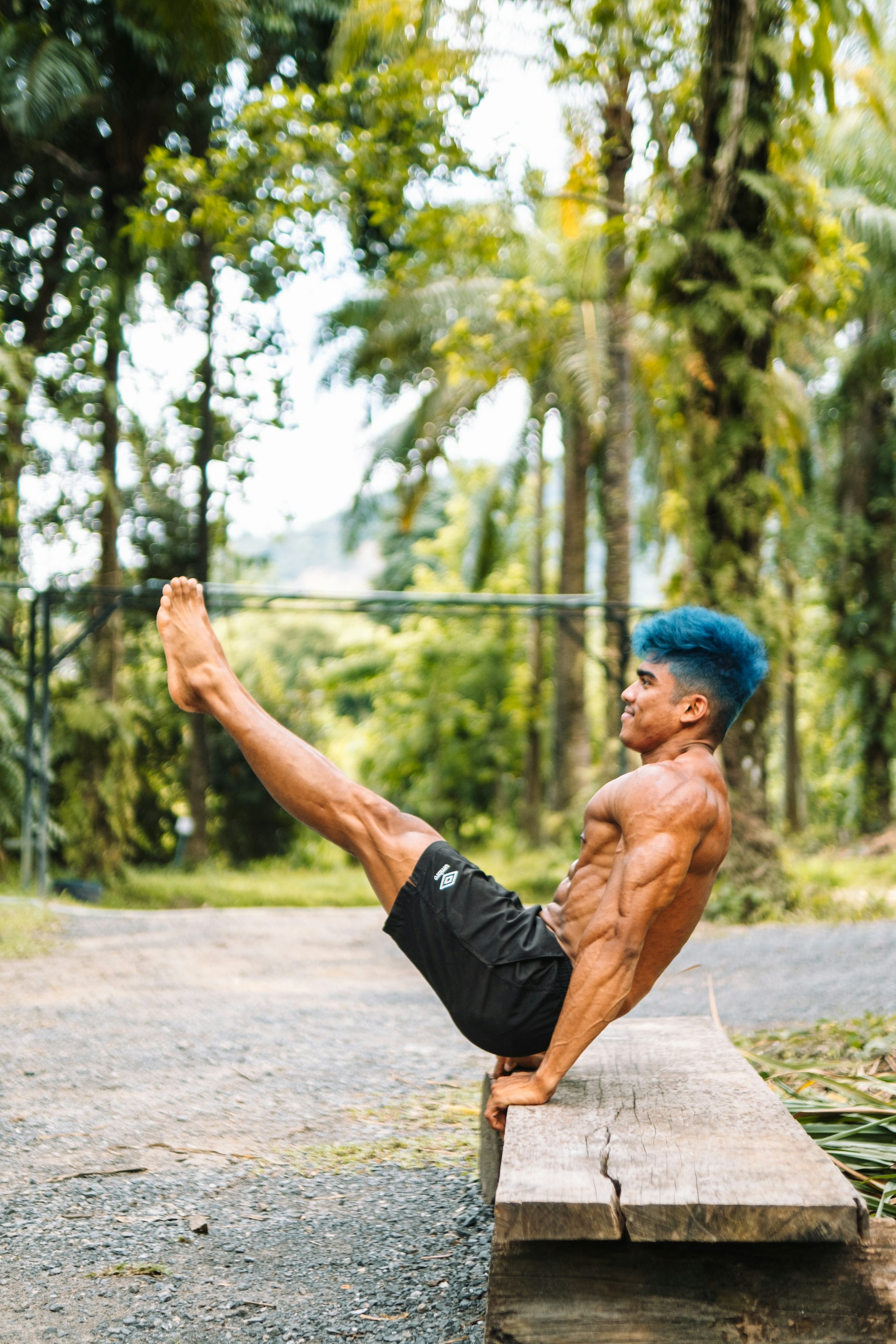
Whether you’re bending forward to pick something up off the ground, reaching up to grab something from a shelf, or running a marathon, having strong core muscles makes plenty of activities easier. Strong core muscles are especially important for athletes and runners. If those muscles are too weak, it can increase your risk of injuries and lower your performance and endurance. Every well-rounded and varied workout program includes exercises that work your core. We’ve found the best five Pilates exercises for core strength to add to your workout routine.

1. Swan dive
Your lower back is a big part of your core. The swan dive Pilates move is similar to the upward-facing dog pose in yoga and helps strengthen your shoulders, forearms, triceps, and lower back while stretching your chest and abdominal muscles. Swan dive is a beginner to intermediate move that works your abdominals, hip extensors, and back extensors.
- Start laying on your stomach with your forehead down, your elbows bent and parallel, and your hands flat on the floor next to your shoulders.
- Press down with your hands and feet, engage your core, and lift your chest forward and up.
- Draw your shoulders back and make sure your neck is in line with the curve of your upper back and your legs are straight.
- Use your hands, arms, and feet to slowly bring your chest and forehead back down to the ground.

2. Leg lifts
Leg lift is a beginner Pilates move that works your hips, back, and deepest abdominal muscle just under your belly button called the transverse abdominis. The name explains this beginner-friendly move, where you lie on your back and lift your legs off the floor.
- Lie on your back and bend your knees.
- Engage your pelvic floor and abdominal muscles and lift one leg up into a tabletop.
- Try to keep your hips, pelvis, and back in the same position.
- Lower that leg to the ground and lift the other leg to exercise both sides.

3. Side bend prep
A side bend is a rewarding, beginner-friendly exercise you can feel all along your side. This Pilates move strengthens your arms, shoulders, and inner thighs and helps improve your balance and stability. It also works your side abdominal muscles called your obliques, which are a key part of your core that’s often overlooked.
- Lie on your side with your knees bent and in line with your hips and your feet behind you.
- Prop yourself up on your forearm and elbow and exhale to press your forearm down into the floor and lift your hips up off the ground.
- Lower your hips halfway before lifting them up again.
- Repeat on the other side.
- Modify this pose and add difficulty by straightening your legs so your body forms a straight line from head to toe.

4. Plank
Plank is an intermediate Pilates move that works your shoulders, abdominals, and legs simultaneously.
- Begin on your forearms and knees and bring one leg at a time into a straight position.
- Your body should be in a straight line, like a plank parallel to the floor.
- Modify this pose to make it a little less challenging by keeping your knees on the floor and making a straight line from your head to your knees.

5. Swimming preparation (bird dog)
The swimming prep Pilates move is suitable for beginners and works your abdominals, hip extensors, and back extensors.
- Start on all fours in a tabletop position with your knees and feet about hips-distance apart.
- Try to maintain a neutral spine.
- Draw your abdominals in and lift one leg behind you and the opposite arm out in front of you.
- Try not to arch your back when lifting your legs.
- Bring your leg and arm down and repeat on the other side.

Why is it important to strengthen your core?
Strong core muscles that work in harmony are important, no matter whether you’re on the playing field, on the running track, or just doing regular daily activities. Your core is a central part of your body, including your stomach, pelvis, lower back, hips, and glutes. These muscles are crucial for your stability, and you use them every day. Many sports and physical activities require the use of stable core muscles.
In our modern world, people are also frequently looking down at computers or phones, which can lead to or worsen musculoskeletal issues. Core exercises could improve posture, balance, physical performance, and flexibility. An interesting study showed a link between decreased core back muscle quality and aging.
Research also reveals an association between core stability and injuries to the lower extremities. A stable core could reduce your risk of lower body injuries.
It’s not just about washboard abs or trimming the waistline; these core-strengthening exercises can lower your risk of injury and upgrade your fitness, mobility, and posture without equipment or a gym membership.



